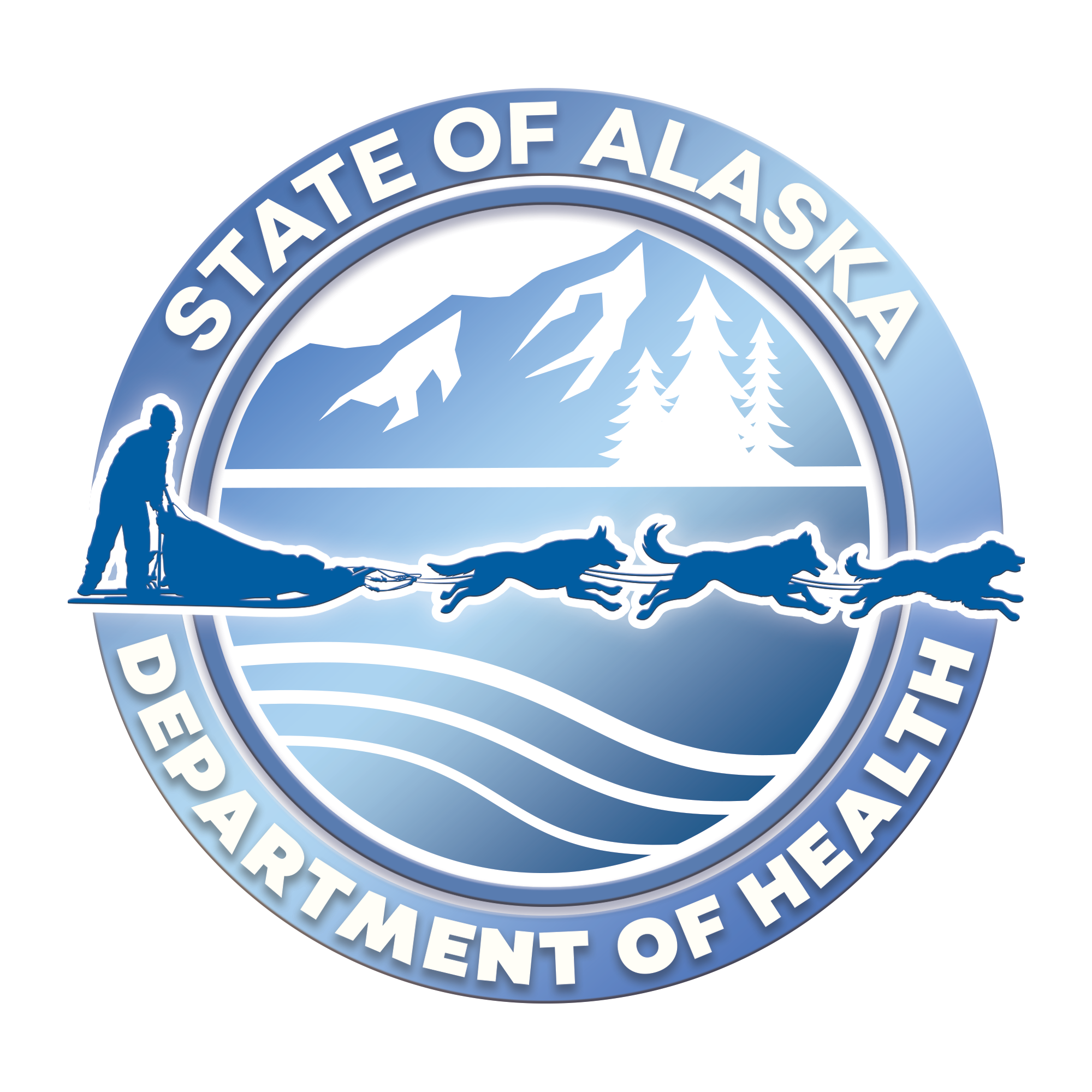Monkeypox Update for Providers, Aug. 10, 2022
Alaska Department of Health sent this bulletin at 08/10/2022 07:16 PM AKDTMonkeypox Update for Providers
Aug. 10, 2022
As of August 10, 2022, two cases of monkeypox have been identified in Alaska, both in the Municipality of Anchorage.
Testing patients who have signs and symptoms of monkeypox even if they do not have a known exposure or epidemiologic risk factors for infection will help find as many cases as possible and help prevent onward transmission.
In the current outbreak of monkeypox, many patients have reported that their initial symptom is a rash. Not all patients develop prodromal symptoms such as a fever. More information is available in a recently published Morbidity and Mortality Weekly Report.
Testing Information
Testing is available at both the Alaska State Public Health Laboratory (ASPHL) in Anchorage and certain commercial laboratories.
People with suspected monkeypox should be advised to keep lesions covered and to stay home while test results are pending.
Information about collecting specimens for testing at ASPHL is available in the test directory. To submit a specimen at ASPHL, use the Anchorage Lab Request Form and write “monkeypox” in the field “Specify Pathogen:” in the “Biothreat and Emerging Pathogens” section. If obtaining testing through a commercial laboratory, follow the specimen collection and submission directions specific to that laboratory.
It is no longer necessary to call the Section of Epidemiology (SOE) about every patient being tested for monkeypox. Providers should report all laboratory-test-positive monkeypox cases by faxing a report form and clinical notes to 907-561-4239.
SOE is available for consultation on testing suspected monkeypox (or other orthopoxvirus) cases and can assist with routing specimens to ASPHL and with obtaining TPOXX. Please call SOE at 907-269-8000, or 1-800-478-0084 after hours.
Please visit the Alaska Department of Health monkeypox webpage for more information.
Jynneos Vaccine Update - COCA Call Tomorrow (August 11)
CDC is hosting a Clinician Outreach and Community Activity (COCA) call tomorrow, Thursday, August 11 at 3:00 pm Eastern Daylight Time (11:00 am Alaska Standard Time). More information and registration is available here.
On August 9, 2022, the Secretary of U.S. Department of Health and Human Services declared a public health emergency related to monkeypox. On the basis of this determination, circumstances exist justifying the authorization of emergency use of vaccines. The FDA issued an Emergency Use Authorization (EUA) allowing healthcare providers to use an alternative dosing regimen of the Jynneos vaccine to expand the total number of doses available for use by up to five-fold. The EUA allows for intradermal administration for adults age 18 and older who are at increased risk of monkeypox. The CDC interim clinical considerations are updated to reflect this change and additional resources are linked below. The EUA also expanded usage of Jynneos vaccine to <18 years old using the subcutaneous administration.
- EUA Fact Sheet for Healthcare Providers [FDA]
- EUA Fact Sheet for Recipients and Caregivers [FDA]
- Video: “How to administer a JYNNEOS vaccine intradermally” [CDC]
Intradermal Administration
For individuals 18 years and older, administer an intradermal injection, two doses of 0.1 mL each, 4 weeks apart. Withdraw a dose of 0.1 mL into a sterile syringe for injection. Low dead volume syringes and/or needles can be used to extract 5 doses (0.1 mL each) for intradermal injection from a single vial. If standard syringes and needles are used, there may not be sufficient volume extract 5 doses from a single vial. Administer JYNNEOS by intradermal injection, preferably into the volar aspect (inner side) of the forearm. The CDC has a training video available.
Irrespective of the type of syringe and needle:
- Each dose must contain 0.1 mL of vaccine.
- If the amount of vaccine remaining in the vial cannot provide a full dose of 0.1 mL, discard the vial and its contents.
- Do not pool excess vaccine from multiple vials.
- Once the vial is punctured and a dose is withdrawn, if it is not used in its entirety, it should be stored at +2°C to +8°C (+36°F to +46°F) and discarded within 8 hours of the first puncture. After thawing, the total time stored at +2°C to +8°C (+36°F to +46°F) should not exceed 12 hours.
All serious adverse events and vaccine administration errors must be reported to VAERS, including cases of cardiac events including myocarditis and pericarditis, or cases of thromboembolic events and neurovascular events.
Currently Eligible Tiers for Vaccination
Tier 1: Post-exposure prophylaxis vaccination (PEP) for people (regardless of gender) who have had a documented/notified exposure to someone with monkeypox, including:
- People who have been identified by public health authorities as a contact with high or intermediate risk exposure to monkeypox.
- People who have been alerted that they may have been exposed to monkeypox, even if they are not contacted by a public health authority (e.g., a person who received a notification from a recent sexual partner or an anonymous notification of exposure).
Tier 2: Expanded post-exposure prophylaxis vaccination (PEP++) to reach people potentially at increased risk for monkeypox even if they have not had a documented/notified exposure to someone with monkeypox, including:
- Gay, bisexual, or other men or transgender people who have sex with men AND
- Have had multiple or anonymous sexual partners in the past 14 days
At this time, vaccine is not available for ordering through VacTrAK. Vaccine is primarily being distributed through public health centers. Health care providers should refer vaccine-eligible patients to their local public health center.

